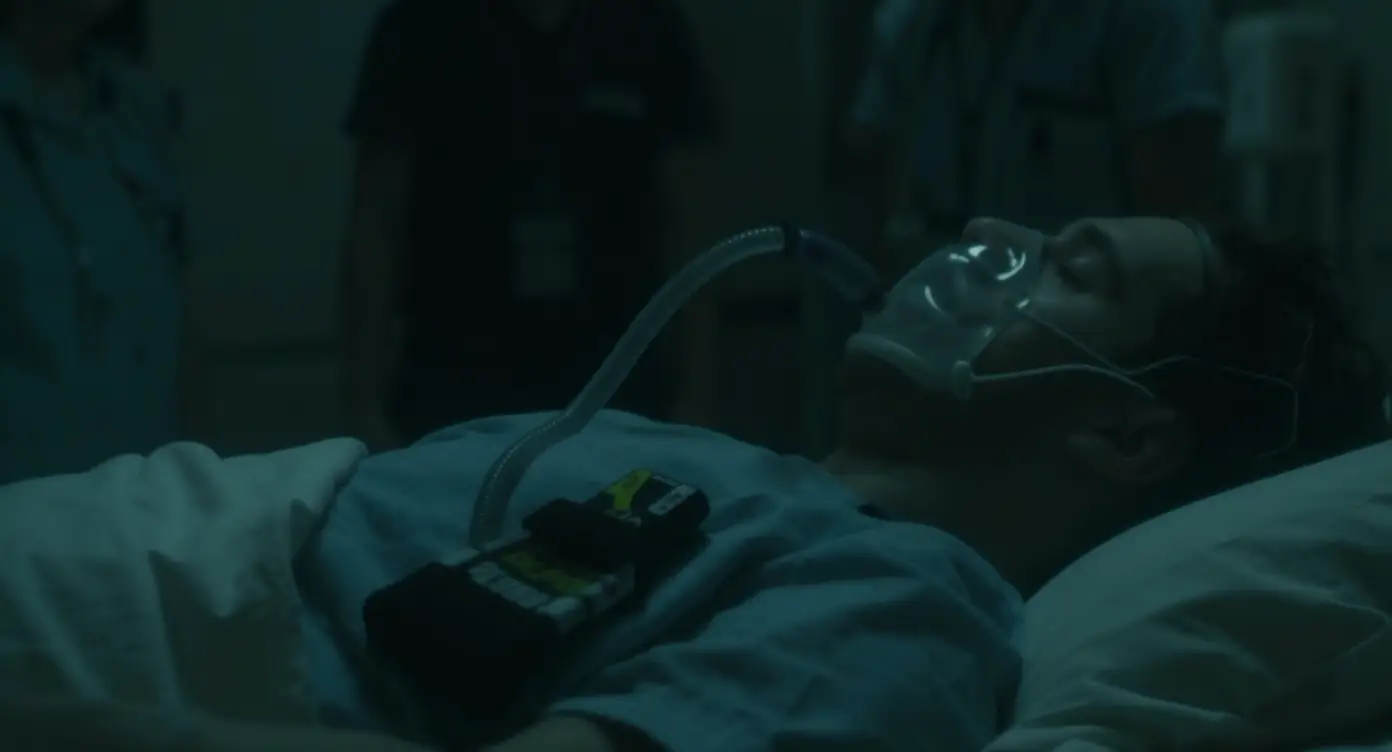An overdose happens when someone takes too much of a drug, either accidentally or on purpose. This overload can poison the body and cause serious harm or death, especially if the drug affects breathing or heart rate.
Overdoses can occur with prescription medications, illegal drugs, or a combination of substances like opioids, alcohol, or stimulants. Signs may include unconsciousness, slow breathing, seizures, vomiting, or a blue tinge to the lips or fingers.
Some overdoses are reversed with emergency medication like naloxone, but others require immediate medical help. Acting fast can save a life, which is why knowing the warning signs is crucial.

🧠 Related Terms
👉 Learn more about prevention:
Narconon Europe – Drug Abuse Help
👉 For more educational content, see our Drug Education & Prevention Materials
❓Frequently Asked Questions about Overdose
1. What is overdose used for?
It’s not used intentionally—an overdose is a harmful or fatal consequence of drug overuse.
2. Why is overdose dangerous?
It can shut down vital body functions like breathing or heart activity, causing death.
3. What does it look like?
The person may be unconscious, breathing slowly or not at all, or show signs like cold skin or bluish lips.
4. Can someone overdose on legal drugs?
Yes. Even prescription or over-the-counter drugs can cause overdose if taken improperly.
5. How can someone avoid overdose?
Never mix substances, follow medical directions, and seek help at the first sign of trouble.
